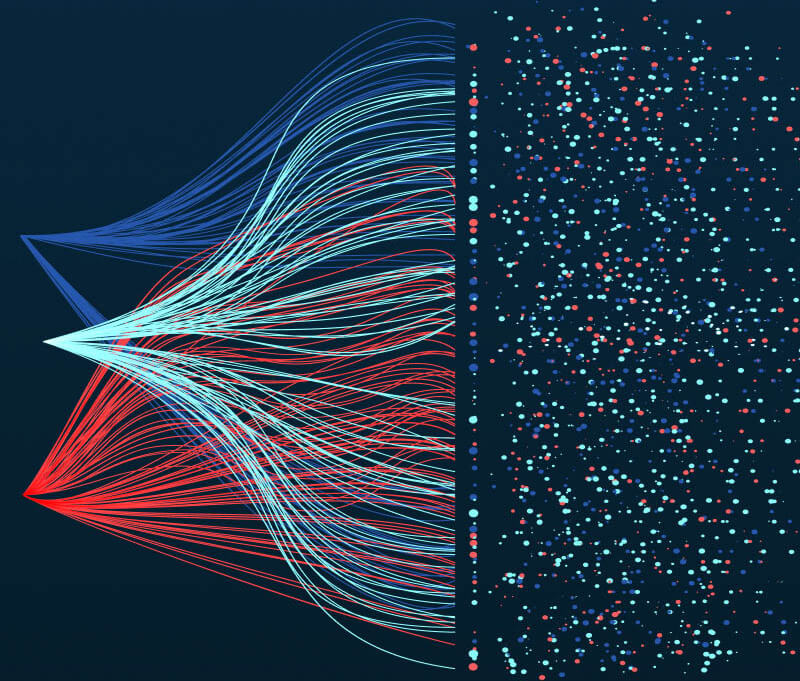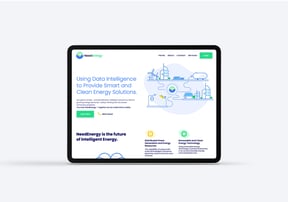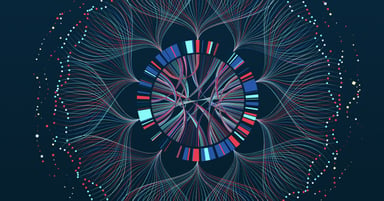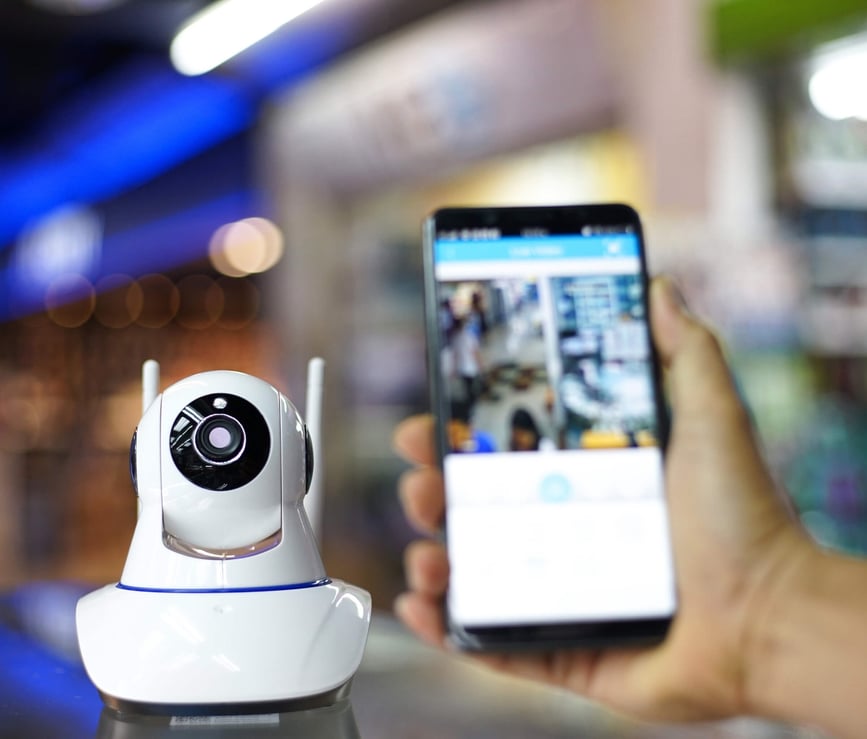Machine learning applications can bring you more clients, provide greater insights, increase sales, and reduce business costs. However, if not used properly, they may lead to customer outflow, money loss, and reputation damage.
Data is the key to success in machine learning and deep learning applications. In traditional software development, humans create computer systems, and machines simply follow these pre-programmed rules. Thus, the crucial part of the application is the algorithm inside.
There are hundreds of business applications for machine learning solutions. In general, they solve several types of problems. The main ones are:
Classification: Is this credit card transaction fraudulent or not? Is this email spam or not? Machine learning tools are great when you need to divide objects (for example, clients or products) into two or more pre-defined groups.
Clustering: ML models are used to find parallels between data points and divide objects into similar groups (clusters). Importantly, there is no need to define the groups in advance.
Regression: It's like a future prediction. On the basis of an input from a data set (usually historical data plus other factors), ML models estimate the most likely numeric value of a particular quantity. It could be anything, such as stock prices, consumer behavior, or wear and tear on a piece of equipment.
Dimensionality reduction: In an ocean of information, ML tools can choose which data is the most significant and how it can be summarised. In practice, it is applied in such fields as photo processing and text analysis.
Although machine learning solutions give businesses numerous new options, there are situations when it's better to stick with traditional software methods.
When are you better off avoiding ML solutions?
You don't have enough data: machine learning is designed to work with huge amounts of data If the training data set is too small, then the system's decisions will be biased.
Data is too noisy: "Noise" in ML is the irrelevant information in a data set. If there is too much of it, the computer might memorize noise.
You don't have much time (or money): Custom ML solutions can be time- and resource-intensive. First, data scientists need to prepare a data set (if they don't do it, see point no. 2). Then, the computer needs some time to learn. Then the IT team performs a test and adjusts the model. Then, the computer needs some time to learn again. IT performs another test and adjusts the model. The computer goes back to learning. The cycle repeats over and over again. As the time needed increases, this is reflected in the pricing of your project.
You have a simple problem to solve.
To sum up: Machine learning models help find patterns in the chaos of big data sets. It is worth considering when you have a complex task to solve or if you’re dealing with a large volume of data and lots of variables. But this method has its limits. It's better not to choose it if you are limited by time or the amount or quality of available data.







.jpg?width=384&height=202&name=Orbem%20on%20imac%20(1).jpg)




